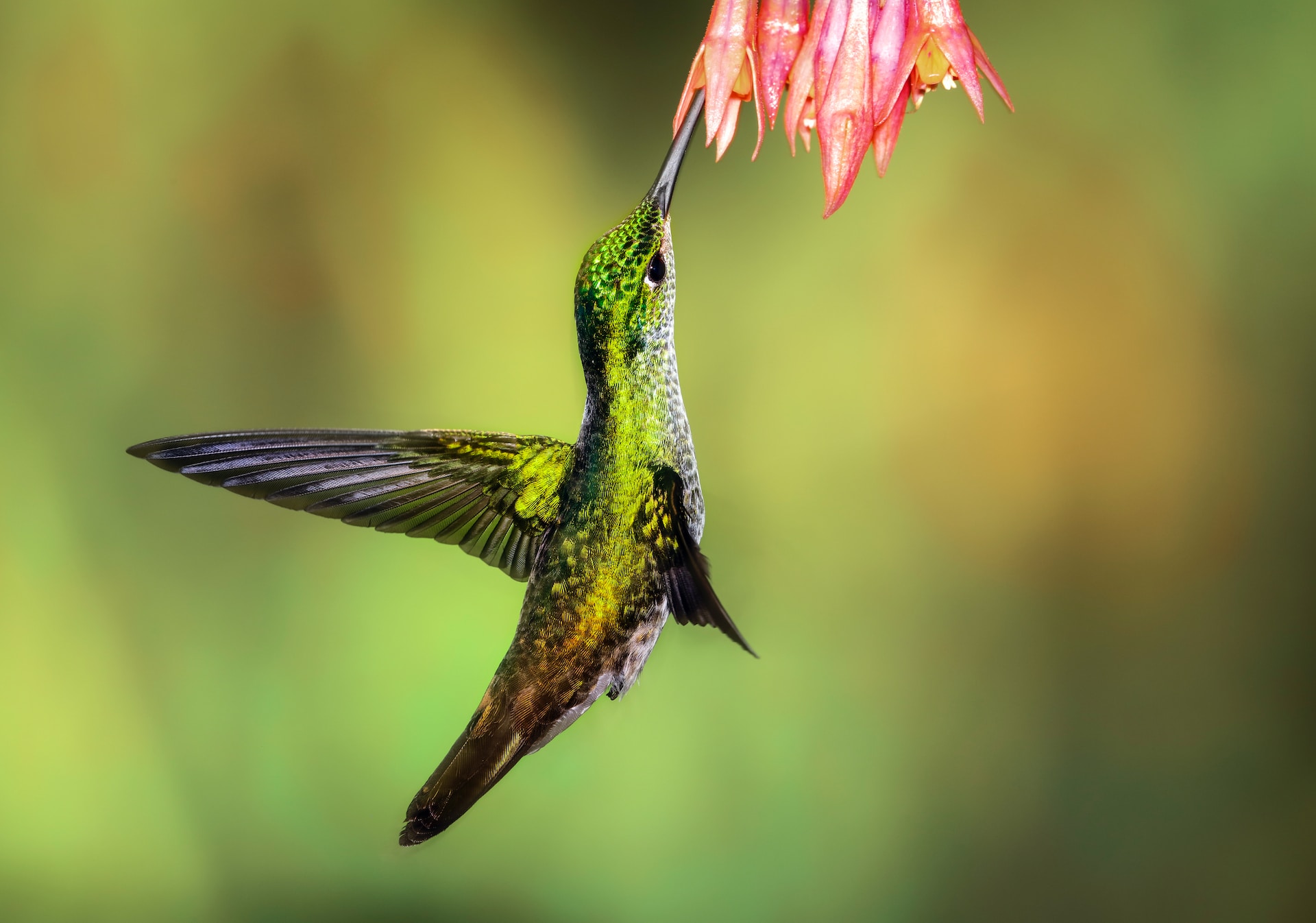Solitary Nature of Hummingbirds
Hummingbirds, these fascinating creatures, are notably solitary by nature. They typically come together only for breeding or when they have to share a feeder. Being loners, they establish and fiercely defend their territories, primarily chosen based on essential resources such as the availability of food, nectar, and water.
Each hummingbird has its own territory, generally within a radius of about a quarter-mile from where it nests. This territory encompasses the same flowering plants that produce food for their diet, a source of water for their metabolism and patches of sunny spaces for their episodes of sunbathing. Interestingly, hummingbirds are so territorially protective that they’ve been observed to fight off larger birds like jays and crows.
A scientific study published at ESA Journals offers profound insights into the solitary nature and territorial behavior of hummingbirds, illuminating the motivations behind their strong territorial instincts and solitude.
Hummingbird Aggression and Territory Defense
Hummingbirds, particularly males, display a high level of aggression. They are well-known for their tendency to zealously defend their territory and chase away rivals, displaying an intriguing aspect of their behavior.
Male hummingbirds are adorned with vivid plumage that attracts predators. To avert this risk, females frequently deter males from nesting sites. These high-energy interactions, although appearing fierce and hostile, fortunately, don’t lead to serious injury.
One effective strategic way to reduce hummingbird conflicts at your feeders is to place multiple feeders out of sight from each other. The dominant bird might guard one feeder, but other hummers can still have a place to eat.
Hummingbird Mating Rituals
Hummingbird mating practices are as enthralling as they are diverse. The courtship displays are an engaging spectacle, with males pulling off acrobatic aerial displays and sounds to entice females.
The mating process, while elaborate, is relatively brief in duration and followed by immediate separation. Females are the ones left with the responsibility of building the nest, incubating the eggs, and caring for the chicks, underscoring hummingbirds’ solitary nature again.
An engrossing scientific study published at BMC Evolutionary Biology provides a comprehensive exploration of hummingbird mating rituals and the complexities of their courtship practices.
Grooming and Intelligence of Hummingbirds
Hummingbirds aren’t only about flight and aggression; personal hygiene is also a key asset of their daily life. They spend considerable time grooming themselves, basking in the sun after a good bath, meticulously cleaning each of their feathers. Their love for sunbathing is particularly intriguing, as they angle their bodies to catch the sun’s warmth, sometimes appearing to shimmer in the light.
Moreover, hummingbirds are surprisingly intelligent. They possess excellent memory capabilities, remembering every flower they’ve visited and even the last time they visited it. Their brains, approximately 4.2% of their body weight, are the largest of any bird species (relative to size).
For more enlightening and entertaining facts about these fascinating creatures, check out this Birds & Blooms article which delves into their intelligence, grooming habits, and some jaw-dropping facts about hummingbirds.
<small>Image source: https://unsplash.com/photos/green-hummingbird-pollinating-on-pink-petaled-flowers-jQI1tnK6OEU </small>

